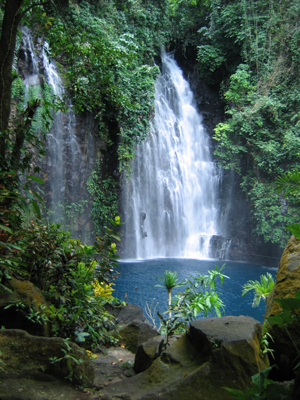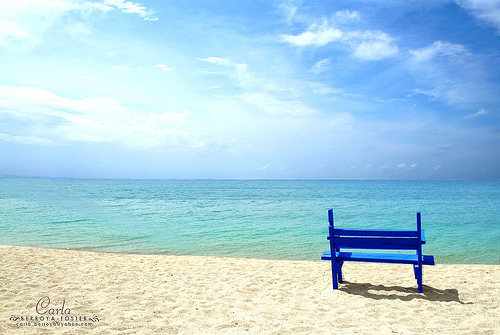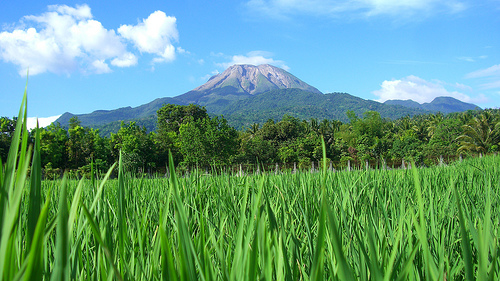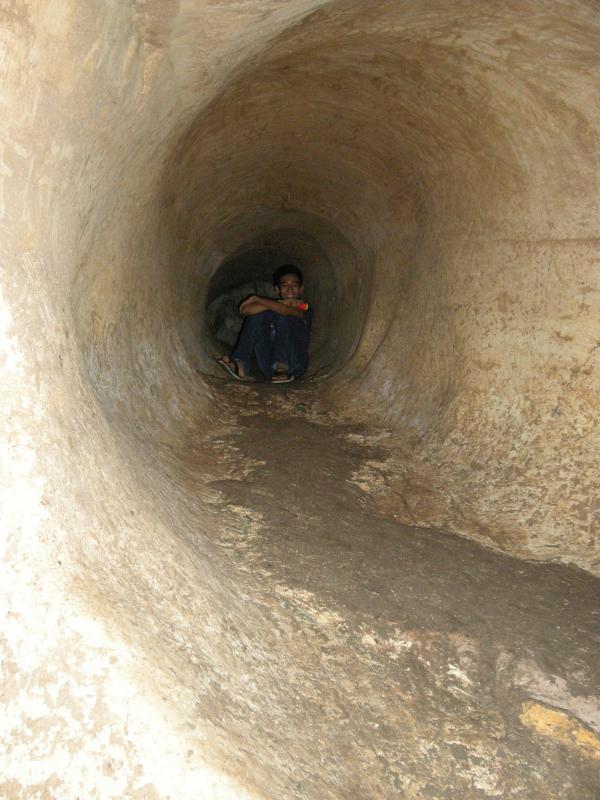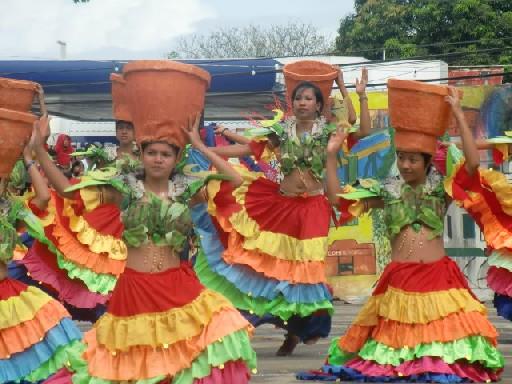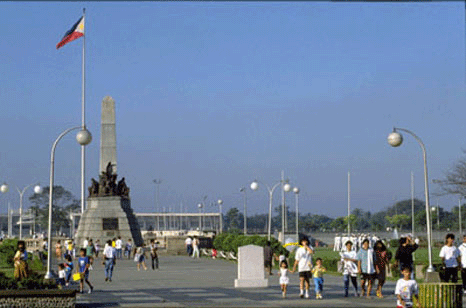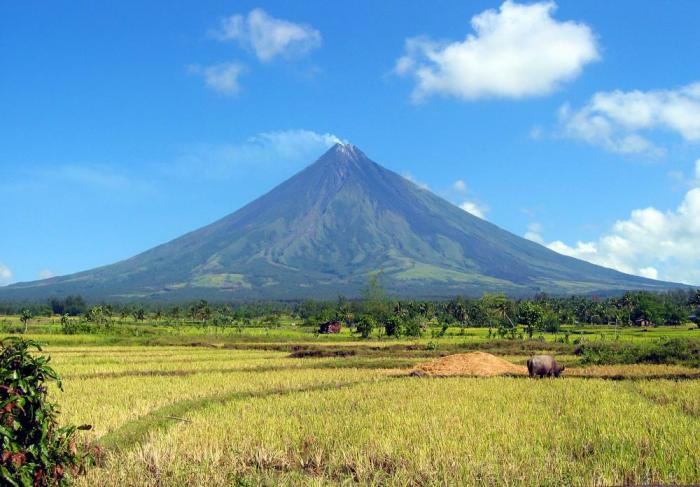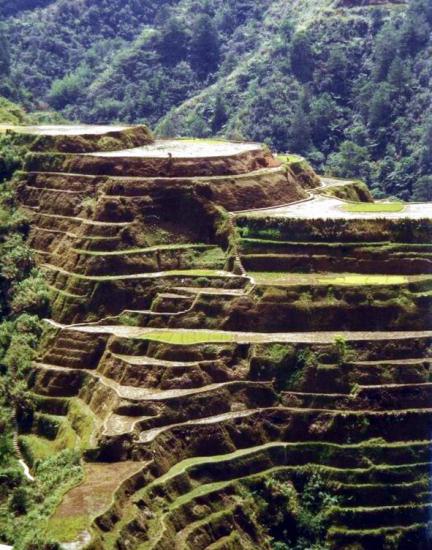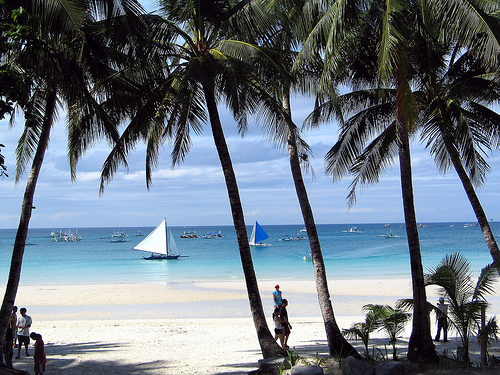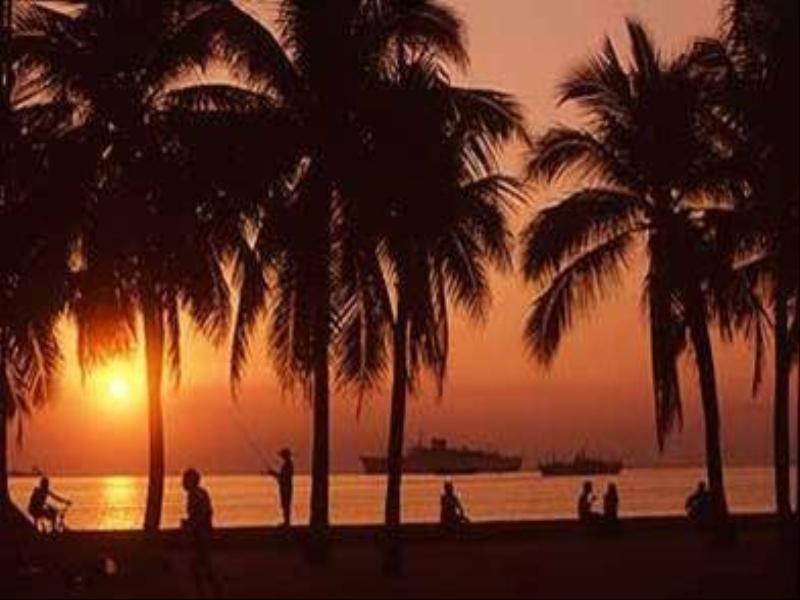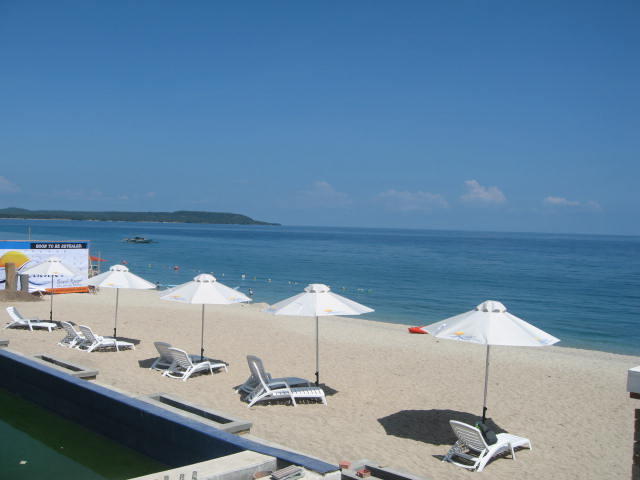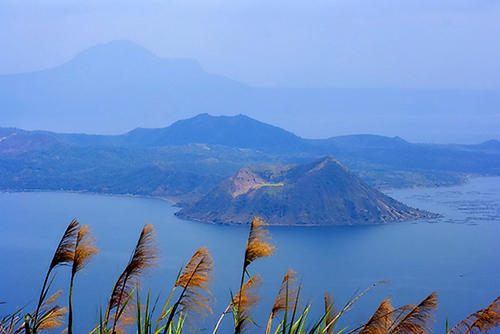Archive for the ‘Cordillera Administrative Region (CAR)’ Category

Planning a trip? Those who love to travel know the essence of all travel is about you and your enjoyment. Travelers know that the destination is a major part of planning a trip, experiencing and delving deeper into unfamiliar places, people and culture is paramount.
Expand your horizons and set your sight to the Philippines, an off the beaten path travel site! An undiscovered paradise made of thousands of islands and white sand beaches all around! A tiny dot in the map of the world, and yet a haven for travelers, backpackers, retirees and even passersby.
It offers awesome tourist attractions, magnificent beaches, hot spring resorts, colorful festivals, hundreds of scenic spots and world-class hotels and facilities. Not to mention the tropical climate, the affordable prices as well as the friendly and hospitable, English-speaking people! You will be glad you came, and we’re sure, you WILL come back for more FUN in the Philippines!
APAYAO
The Isneg’s ancestors are believed to have been the proto-Austronesians who came from South China thousands of years ago. Later, they came in contact with groups practicing jar burial, from whom they adopted the custom. They later also came into contact with Chinese traders plying the seas south of the Asian mainland. From the Chinese they bought the porcelain pieces and glass beads which now form part of the Isneg’s priceless heirlooms. The Isneg have been known to be a head-taking society since recorded history. The Isneg’s main staple is rice, which they have traditionally produced in abundance. This is raised through slash-and-burn agriculture. There has always been a surplus every year, except in rare instances of drought or pest infestation.
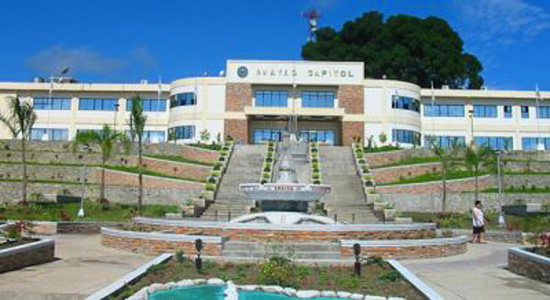 Photo from: geotayo.com
Photo from: geotayo.com
Apayao is devoted to agricultural production, particularly food and industrial crops such as palay, corn, coffee, root crops and vegetables. Main fruits produce are lanzones, citrus, bananas and pineapples. Rice production totals 42,602 metric tons annually, as food crops totals 96,542 metric tons.
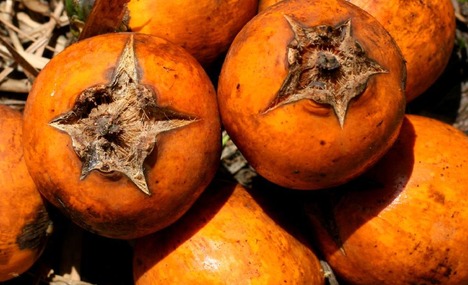 Photo from: virtualtourist.com
Photo from: virtualtourist.com
Economic activity is also based on livestock and poultry breeding such as swine, carabao, cattle, goat and sheep. Other additional investment includes manufacturing, food processing, furniture, crafts and house wares making.
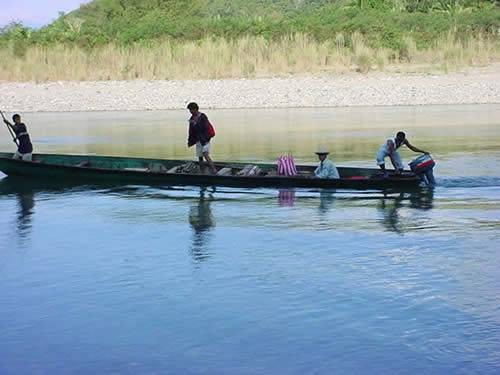 Photo from: igorotblogger.com
Photo from: igorotblogger.com
The prevailing climate in the province falls under Corona’s Type III Classification. It is characterized by relatively dry and wet seasons, from November to April, and wet during the rest of the year. Heaviest rain occurs during December to February while the month of May is the warmest.
Source: wikipedia.org
TABLE OF CONTENTS
The Cordillera Administrative Region (CAR)
Activities for Fun in Apayao

